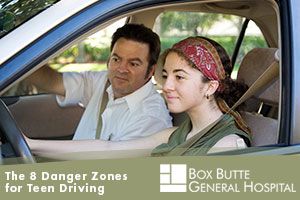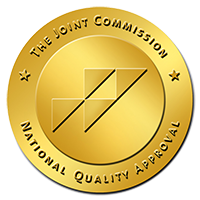The eight danger zones for teen driving:
- Driver inexperience: Crash risk is highest in the first year a teen has their license. Provide at least 30 to 50 hours of supervised driving over at least 6 months. Stress the importance of continually scanning for potential hazards including other vehicles, bicyclists, and pedestrians.
- Driving with teen passengers: Crash risk goes up when teens drive with other teens in the car. Follow your state’s Graduated Driver Licensing(https://www.cdc.gov/parentsarethekey/licensing/index.html) system for passenger restrictions. If your state doesn’t have such a rule, limit the number of teen passengers your teen can have to zero or one. Keep this rule for at least the first six months that your teen is driving.
- Night time driving: For all ages, fatal crashes are more likely to occur at night; but the risk is higher for teens. Make sure your teen is off the road by 9 or 10 p.m. for at least the first six months of licensed driving. Practice nighttime driving with your teen when you think they are ready.
- Not using seatbelts: The simplest way to prevent car crash deaths is to buckle up. Require your teen to wear a seat belt on every trip. This simple step can reduce your teen’s risk of dying or being badly injured in a crash by about half.
- Distracted driving: Distractions increase your teen’s risk of being in a crash. Don’t allow activities that may take your teen’s attention away from driving, such as talking on a cell phone, texting, eating, or playing with the radio.
- Drowsy driving: Young drivers are at high risk for drowsy driving, which causes thousands of crashes every year. Teens are most tired and at risk when driving in the early morning or late at night. Know your teen’s schedule so you can be sure he or she is well rested before getting behind the wheel.
- Reckless driving: Research shows that teens lack the experience, judgment, and maturity to assess risky situations. Make sure your teen knows to follow the speed limit and adjust their speed to match road conditions. Remind your teen to maintain enough space behind the vehicle ahead to avoid a crash in case of a sudden stop.
- Impaired driving: Even one drink will impair your teen’s driving ability and increase their risk of a crash. Be a good role model: never drink and drive.
- Reinforce this message with a Parent-Teen Driving Agreement such as the one provided in the link below:
https://www.cdc.gov/parentsarethekey/pdf/PATK_2014_TeenParent_Agreement_AAP-a.pdf



